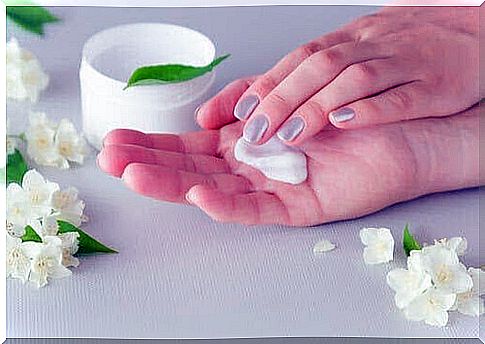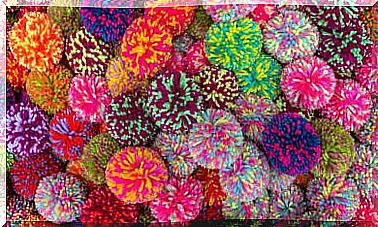What You Can Do If You Have Clogged Milk Ducts

What can you do if you have clogged milk ducts? Milk congestion is very common among breastfeeding women and can be very painful.
A blocked milk duct can also develop into mastitis. However, paying attention to the condition right away can drastically reduce the risk of complications.
Here we will take a closer look at the symptoms of clogged milk ducts, why it happens and finally what you can do to open them up again.
What are the symptoms of clogged milk ducts?
The milk ducts are responsible for transporting the milk produced in the mammary glands to the nipple. When there is an obstacle in the way, one or more lumps appear in the chest. In addition, the woman may feel intense pain throughout the area or in the nipple.

Treat this condition quickly! Ignoring the symptoms can lead to mastitis. You then get a fever, pain all over the body and in extreme cases there may be blood or blood coming out together with the milk.
Why do the milk ducts become blocked?
So why do these blockages occur? In fact, it can affect any mother after one or more pregnancies. As I said, it is very common, but you have to treat it immediately.
However, there are some things that can trigger it. The most common is to use a bra in the wrong size, which creates uneven pressure on the breasts.
The same thing happens when you wear clothes that are too tight, get a blow to the chest, apply too much pressure when breastfeeding or have a bad posture or wrong position while breastfeeding the baby. It can also happen if for some reason you do not empty your breast of milk properly.
What you can do if you have clogged milk ducts
There are several ways to alleviate the condition. We start with the simplest and least invasive alternative and then go through the pharmacological alternatives.
To begin with, when you notice that you have an inflammation or a lump in your chest, we recommend that you give the area a soft massage. Do this while breastfeeding your baby to stimulate the milk duct to open.
The second option is to take a hot shower, where you can also give your breast a massage. In this case, take advantage of the heat in the room to apply the pressure with greater intensity in the area just before the lump, in a straight line towards the nipple.
The best time to breastfeed your baby is at the end of the shower and after the massage. You can also place a warm washcloth over your chest to maintain the warm temperature in the area.
If these tips do not work, you can go one step further by immersing your breasts in a bowl of very hot water and adding a teaspoon of salt. This can help open up the milk duct almost immediately.

Another option, which works best as a preventative precaution, is to pump out any milk left in the breasts after the baby has been fed. This prevents the milk ducts from becoming overcrowded.
If you do not use a pump to get the milk out, you can breastfeed your baby a little more than usual. Always let the baby eat first from the breast in which you have the problem.
Some doctors also recommend that resting and taking a few naps can have a positive effect in preventing these blockages.
Pharmacological alternatives
The most common pharmacological recommendations given by physicians include:
Painkillers and anti-inflammatory drugs: Doctors often recommend ibuprofen and paracetamol to relieve pain. You can buy both without a prescription at the pharmacy, but it is also advisable to consult a doctor before taking any medicine.
As always, we recommend that if you see that your condition does not improve with any of these suggestions and you feel that new symptoms are occurring, do not hesitate to visit your doctor immediately.









